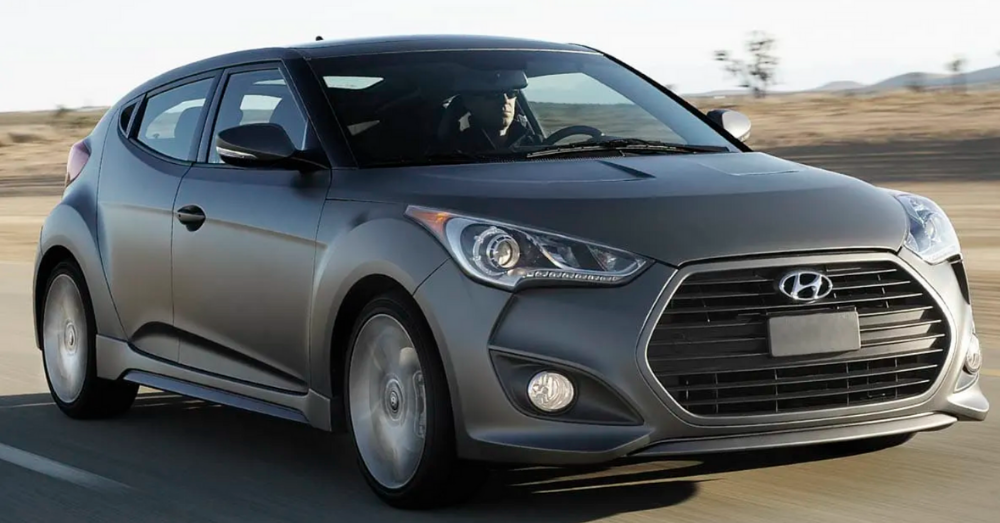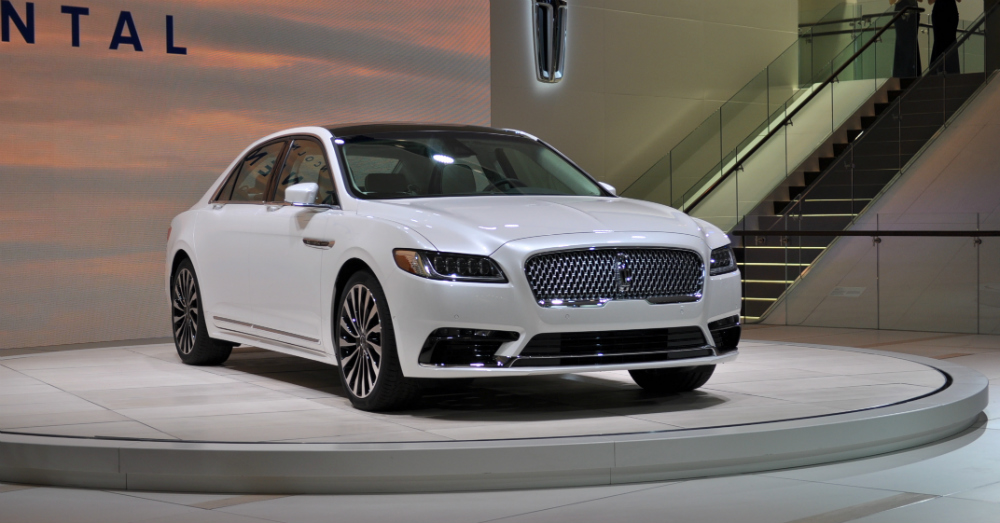The Growing Trend of Vehicular WiFi
With Wi-Fi technology popping up nearly everywhere, it’s no wonder auto marketers are following suit. Wi-Fi networks are available in restaurants, airports, hotels, and stores, but is the addition of Wi-Fi to vehicles a necessity, a tech-lover’s dream, or an additional distraction to already preoccupied drivers? As General Motors joins the list of manufacturers now offering a mobile hotspot inside your car, the question remains; convenience or burden?
A push for no texting while driving has emerged over the past couple years as a result of fatalities caused by distracted, mostly young, drivers. Based on the statistics available, one could easily argue that turning a vehicle into a traveling internet connection could result in dangerous outcomes. However, the offer of Wi-Fi inside your car could also offer some attractive conveniences as well.
When conducting business on the road, a portable hotspot is often necessary given the less than desirable connections offered by hotels and airports. A barrage of users can cause lagging connections and high chances for being bumped from the internet. If the internet is necessary in business dealings, imagine the convenience of having the ability to access the internet without leaving your car. A spare thirty minutes before a meeting could be an advantageous leg up in the business world as the Wi-Fi connection offers the opportunity to keep up with the latest news.
Another advantage of this service also comes back to safety of our younger generation. Few new drivers are taught basic auto maintenance. If the new driver in your family gets a flat tire on an unfamiliar road, the access to the internet could mean the difference between safely being guided to change a tire by a YouTube video or accepting help from a potentially dangerous stranger.
In addition to the vehicular hotspot, GM’s service comes equipped with voice activated and hands free control of music, navigation, and phone calls. Thought to be in direct competition with Ford’s Sync feature, GM one-ups the competition with the addition of Wi-Fi to this service. In some GM and Chrysler models, a wireless cellular charging feature is also available. This service alone could prove exceptionally beneficial when measured against traditional charging methods that may require taking your eyes off the road to find your charging cable.
All of these conveniences, however, beg the question of whether or not drivers need an additional distraction on the road. Sure, manufacturers purport that the Wi-Fi service is to be used only when parked or by passengers, but there are exceptions to every rule. Are there safeguards in place to ensure that the driver isn’t surfing the web on their tablet while driving?
Also imagine being stuck in ridiculously heavy traffic, with two children in the backseat fighting over whose turn it is to use the laptop or the tablet. In a stressful situation, this could pose a massive distraction. Turning around to settle an argument could result in an unnecessary danger. In this event, it could easily be claimed that the web access was the direct cause of an accident.
Not only should the potential for convenience vs. danger be taken into effect, but also how does turning your car into a mobile hotspot differ from the hotspot services offered by your wireless carrier. GM maintains that their service would be superior to a traditional hotspot due to their external antenna providing barrier-free access to 4G services.
An additional cost, from $10 – $50 per month, is also a hefty price to pay considering a cell phone also offers 4G service. GM is coupling their service with OnStar subscriptions and offering a discount to those drivers that choose both options. Services are also available to drivers who choose to opt out of OnStar subscriptions.
When measuring the convenience of mobile Wi-Fi, will the advantages outweigh the potentially detrimental features? The advantages are multiple, there is no disputing that. Taking phones out of drivers’ hands on the road will always be advantageous, and removing the distraction of radio controls is another added plus. However, does the addition of Wi-Fi to the possible distractions available to drivers cancel out the hands-free safety provided?
In an already wirelessly immersed world, do we really need Wi-Fi in our cars?
This post may contain affiliate links. Meaning a commission is given should you decide to make a purchase through these links, at no cost to you. All products shown are researched and tested to give an accurate review for you.



